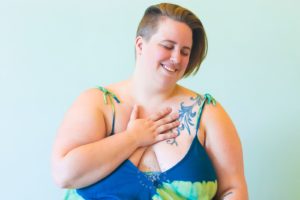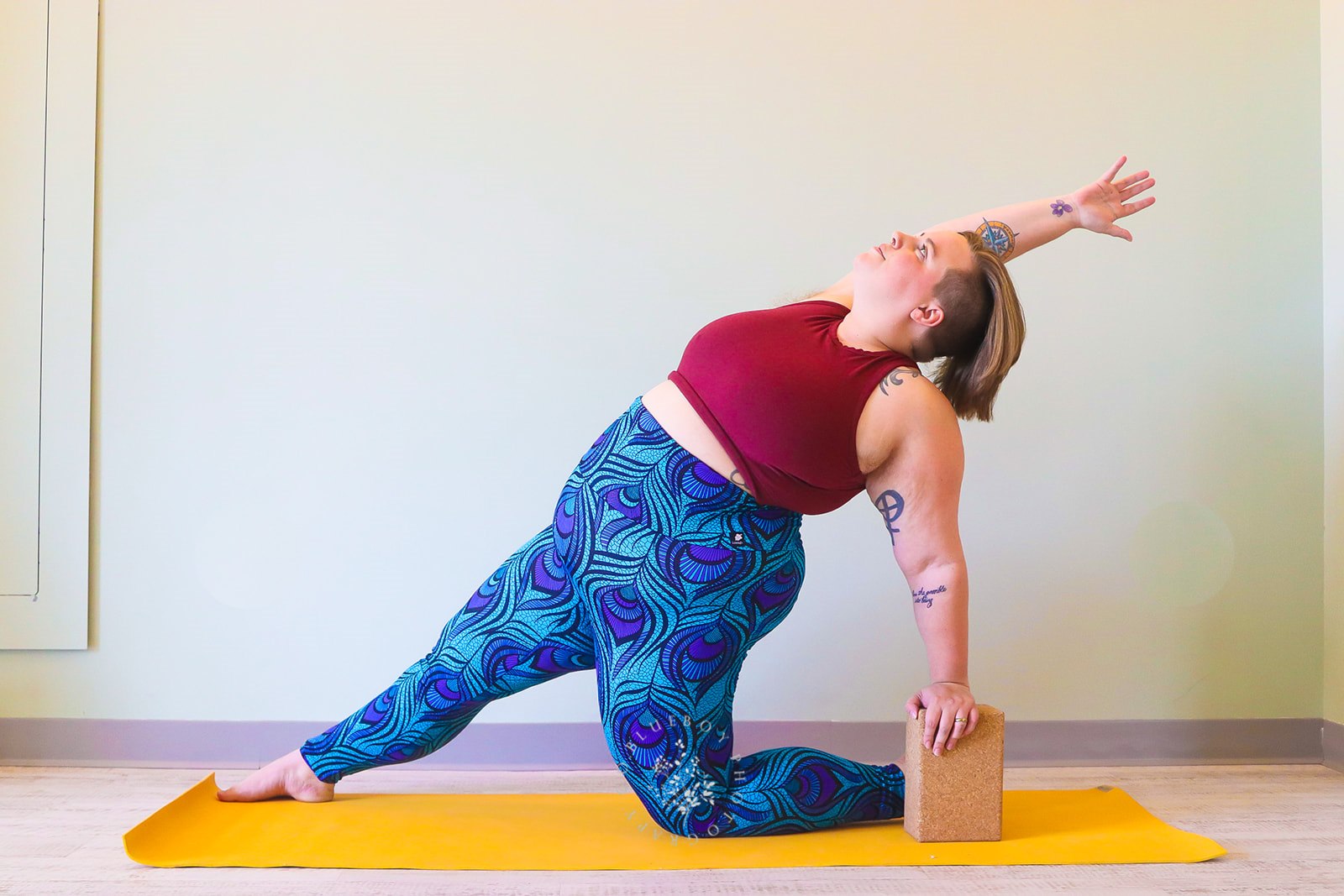If you’re cisgender, meaning you identify with the gender you were assigned at birth, you may not yet have considered the way your gender impacts your body image.
Maybe you have–as a society, we’ve certainly begun to reckon with the impact that popular representations of men and women have on our ideas about our own bodies. Perhaps you’ve recognized that the lack of body diversity represented in media has made you self-conscious or critical of your weight or that it’s formed the basis of how you present yourself, from the way you dress to the haircut you choose. When it’s constantly reinforced that the ideal female form is slim, waifish, and demure, and that the ideal male form is muscled, tall, and hyper-masculine, it’s not unlikely that you’ve set goals for your appearance that align with the stereotypes that shroud your gender–acceptance is a basic human need. It’s possible you’ve found yourself falling short of the normalized ideal and that it has been a source of strife in your life.
When you’re transgender or non-binary, meaning you identify with a gender other than that which you were assigned at birth, expressing your gender comfortably can be extra challenging. External pressure to conform with the stereotypes and norms associated with your gender assigned at birth can feel extra heavy when they’re not only unrealistic for many cisgender folks, but also completely out of alignment with your self-understanding. And indeed, research shows that trans folks are particularly vulnerable to struggles with body image–”gender dysphoria,” the psychological distress of feeling like your body doesn’t match your gender, is a common (though not universal) experience for trans folks and is still used as a diagnostic reference and criteria in the DSM, and studies indicate that rates of disordered eating are likely higher among trans individuals.
I was assigned female at birth and raised as a girl, though I’ve come to understand myself as agender, a non-binary identity that denotes a lack of identification with any particular gender. I now understand that gender is not a binary, nor even one consistent spectrum, but rather a number of intersecting spectrums with infinite possible combinations. There is no universal experience of gender. After years of work to dismantle my learned self-hate around my fatness, I generally feel pretty neutral about my body. I appreciate it for what it is: the vehicle through which I get to experience this life. In this neutrality, there’s nothing about myself that I desire to change.
But frequently when I meet new people, they look at my body and make the assumption that I’m a woman. It hurts every time. Whenever a teacher walks into our yoga class and addresses the group as “ladies,” or a classmate refers to me as “she,” I feel an immediate physical tightness and emotional distress. I experience second-hand harm even as a bystander to another person’s misgendering. This happens everywhere, but it hits me particularly hard in yoga spaces. I see yoga as a spiritual practice that’s oriented towards non-harm and a search for truth beyond our assumptions, but this is not what I experience when I’m misgendered in yoga spaces. That sharp dichotomy between the perception of yoga spaces as welcoming and sheltered from harm and my lived experience trying to exist within them makes the sting of misgendering feel like a particularly potent betrayal of the supposedly shared ethic.
And here’s the thing–not only does misgendering make me feel deeply unseen, something I’m hoping to escape when I come into a yoga space, it actually triggers harmful thoughts about my body. When someone looks at me and then addresses me as “ma’am” or “she,” when I feel so deeply unseen, I start to hate those parts of my body–my breasts, my wide hips, my short stature–that I know the other person is drawing on as the basis of their assumptions. This particular form of negative self-talk is particularly hard for me to combat, because I feel like my only two options are to accept the body I have and live with perpetual misgendering or to express myself inauthentically, making changes to my body that I don’t want and shouldn’t have to make. Neither option feels good or just.
You can never tell someone’s gender by looking at them. There are plenty of trans and non-binary people who, like me, are still searching for a presentation of gender that is both authentic and publicly legible, or who are still “in the closet” for reasons all their own. There are people who don’t feel a need to change their gender expression to match external, constructed expectations of gender readability, but still deserve to have their gender and pronouns respected as much as anyone else.
Respecting trans people and making sure you’re gendering people correctly is part of a larger practice of non-harm. I recognize that deconstructing our gendered assumptions is an uphill battle and have empathy for everyone who has been conditioned to make these assumptions–fighting our conditioning, regardless of context, is a tough task. It’s set up to be–that’s exactly how systemic oppression perpetuates, by making it difficult to change the status quo and move towards equity.
If this is a concept you’re just starting to explore, maybe take this moment to ask yourself how many times a day you look at someone and assume their gender. Or, you could think about all the times your gender is assumed by someone else–how often does your yoga teacher greet the class with gendered language, a restaurant worker call you “ma’am” or “sir,” a public speaker address the crowd as “ladies and gentlemen,” an author write the phrase “he or she?” You may just be noticing how frequently you encounter this, but for me and many other trans and non-binary folks, it feels omnipresent.
I’m calling on my fellow yoga practitioners to be our allies in reducing this ongoing harm. Both inside and outside of yoga spaces, practice avoiding assumptions and use gender-neutral language with people you don’t know, help normalize the practice of asking every new person you meet what their pronouns are by doing it consistently, add your own pronouns to your email signature, your Twitter bio, and your next conference nametag. Extend your ahimsa practice to trans folks. Just as you can never know who you might be hurting when you assume gender, you never know who you’re helping to exist in their body when you don’t.
By Melanie Williams

Melanie Williams is an East-Coast-based, fat, queer, non-binary yoga teacher and self-love advocate, called to create profoundly accessible spaces for self-inquiry and the inward journey by integrating mindfulness and adaptive movement practices with the spirit of social justice. They believe that the goal of yoga, as of life, is collective liberation and in turn challenge contemporary yogis to dismantle the systems and beliefs that hold us all back. In addition to teaching group and private yoga classes, Melanie offers workshops that explore queer identity and body image, leads adaptive yoga teacher trainings, helps coordinate trainings internationally for Accessible Yoga, champions diversity and inclusion in the yoga industry as a member of the Yoga & Body Image Coalition leadership team, and serves leading industry groups as an expert advisor on diversity and accessibility.
NOTE: This post is part of a collaborative media series organized and curated by Omstars and the Yoga & Body Image Coalition intended as a deep dive into yoga & body image.










